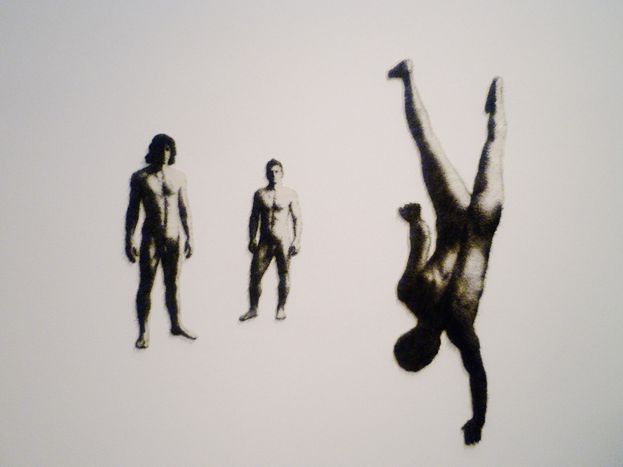
'Nude males' exhibition in Vienna (9 images)
Published on
Translation by:
Cafebabel ENG (NS)You can catch the protagonists of the title, captured as they are in all bare manhood between 1800 until today. The exhibition, which runs between 19 October 2012 until 4 March 2013, was curated by Tobias G. Natter at the Leopold Museum
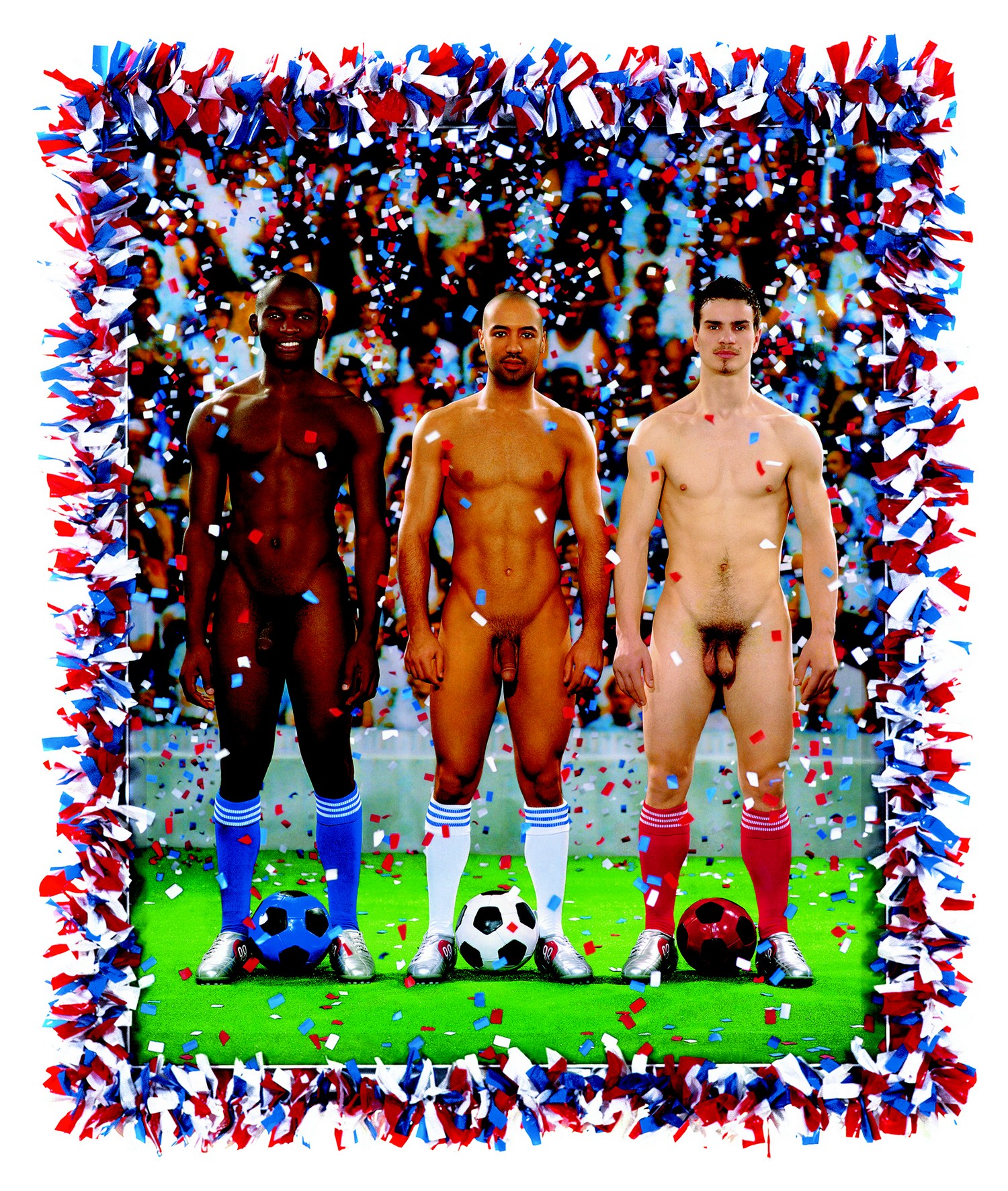
Vienna. There are two posters, two exhibitions and a storm of outrage. One of the posters shows a young woman who is undressed from the neck down. The other (pictured) depicts three young men in their stride, complete with football shoes and nozzles. The protests are inspired by this 'pornographic' second poster, which is an artwork of the French couple Pierre & Gilles entitled Vive la France (Image: © courtesy Galerie Jérôme de Noirmont, Paris)
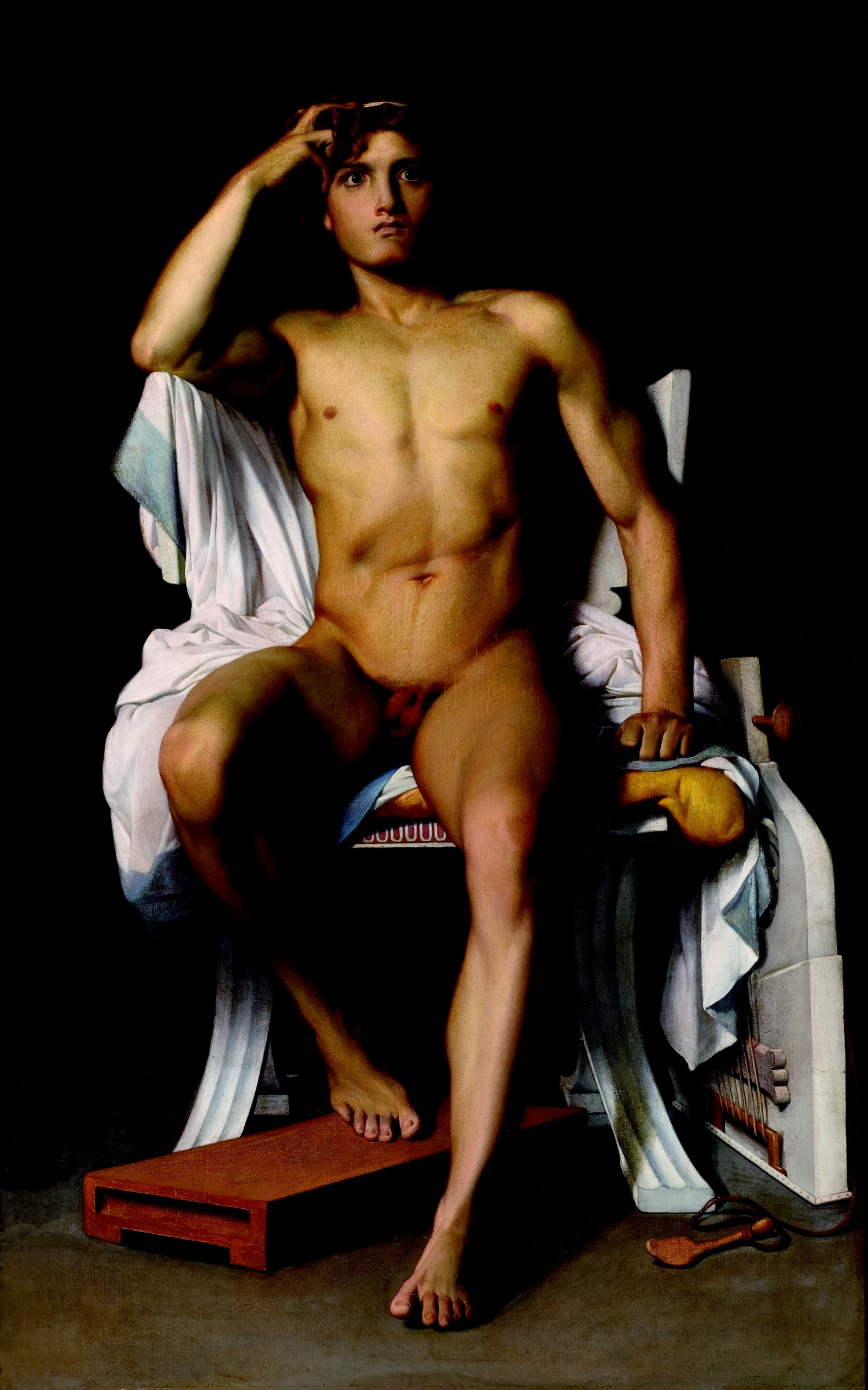
Western society is all too happy to plaster the female breast everywhere, but a naked man is another story. Reading the word 'penis' in an article itself sounds strange, let alone to see it on a poster (Image: © Musée Fabre de Montpellier Agglomération

We don't know if this was a calculated break from taboo, but it is a successful move. 'This inequality and cultural difference really interested us,' says the curator Tobias Natter. 'It's no coincidence that there have been plenty of exhibitions about nudity and women, but not men. I have the impression that with the latter it represents a loss of control - which is not allowed to happen' (Image: courtesy of © Galerie Steinek, Wien)
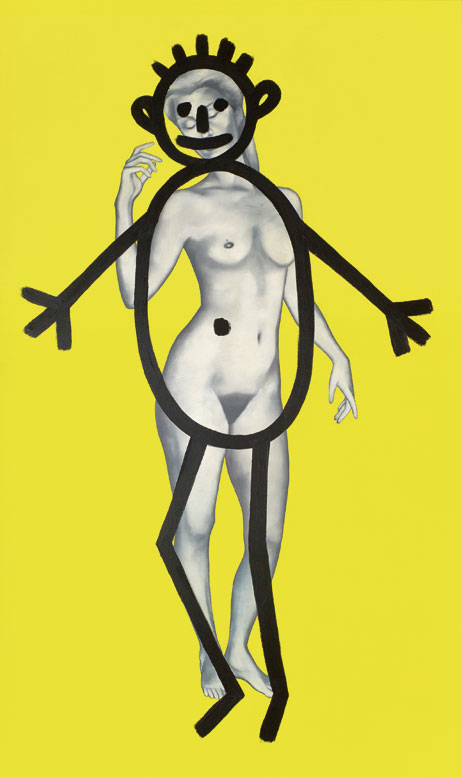
The exhibition is not only about nudity, but how the body and notions of beauty have changed over the centuries. 'You see clear differentiations in art, competing concepts of masculinity and the break with convention. The naked man can stand for many things. As a curator I wanted to present five different sculptures for five different centuries, from ancient Egypt to today, to emphasise that the nude male has long been a tradition in art ' (Image: © Urs Lüthi)
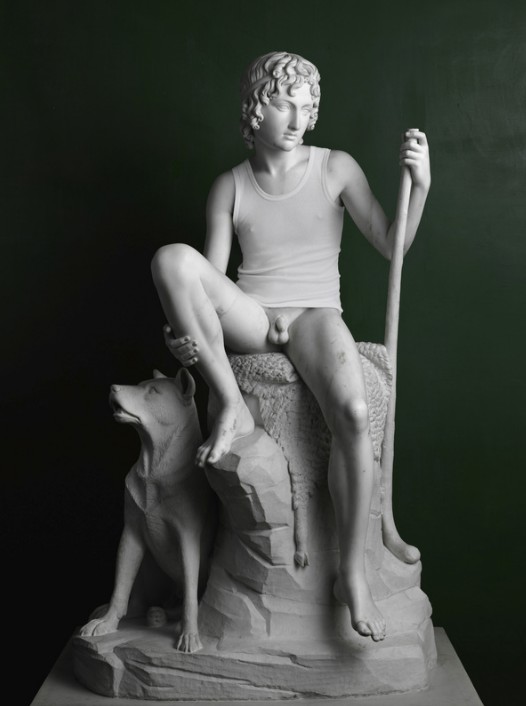
The sculptures in the entrance hall to the museum are genuinely impressive and lead us through. Instinctively I spot the changes and continuities in the images (Image: courtesy of © Galleri Nocolai Wallner/VBK Vienna 2012)
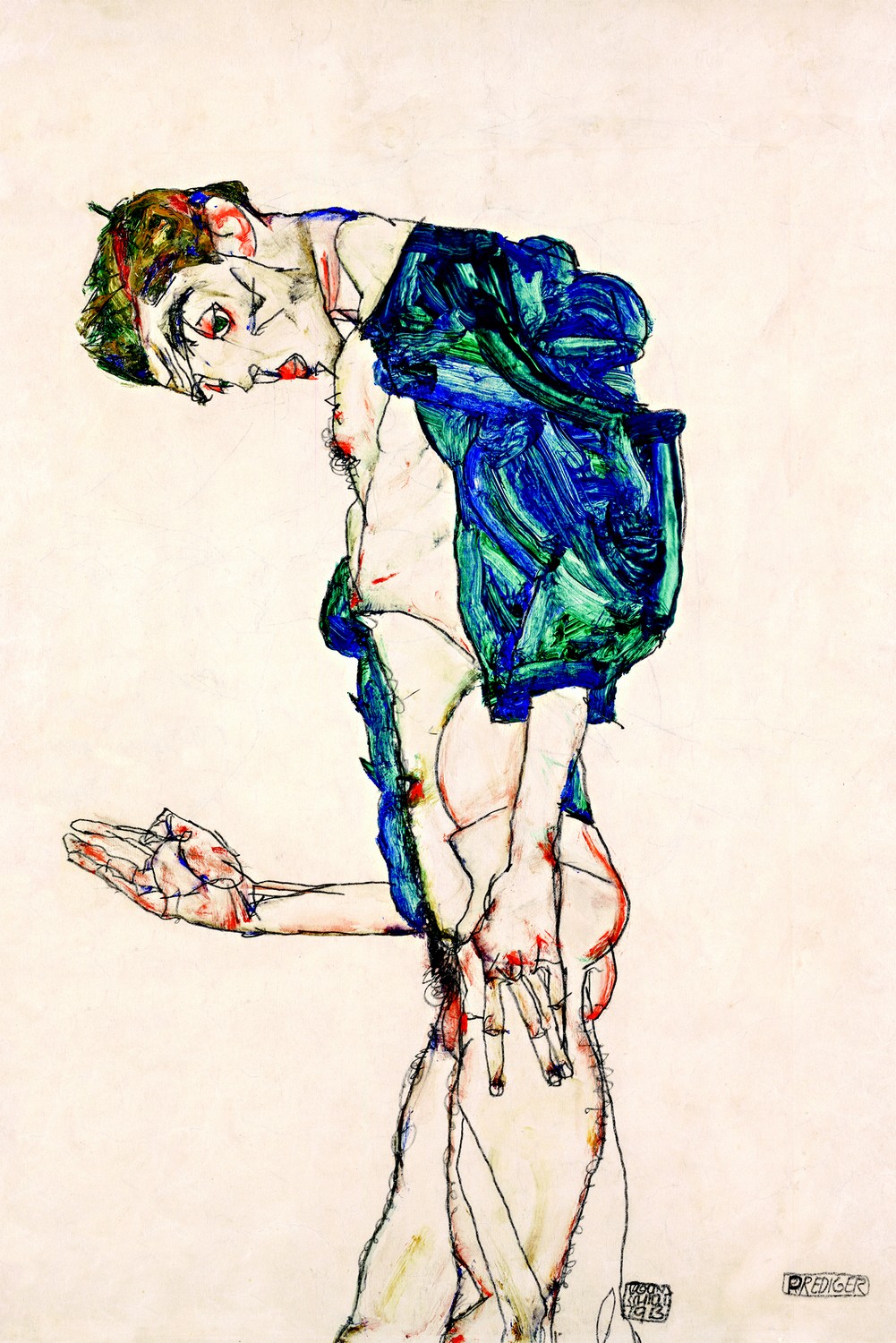
'Whilst the naked hero was the main centre in 1800, innovative artists such as Egon Schiele drew the focus on themselves in the 1900s,' explainsTobias Natter. 'That is how the artist radicalised the self-portrait and stumbled upon the door to the modern, where nude art became a central theme. After 1945 the diversity of such possibilities of interpretations exploded' (Image: © Leopold Museum, Vienna)
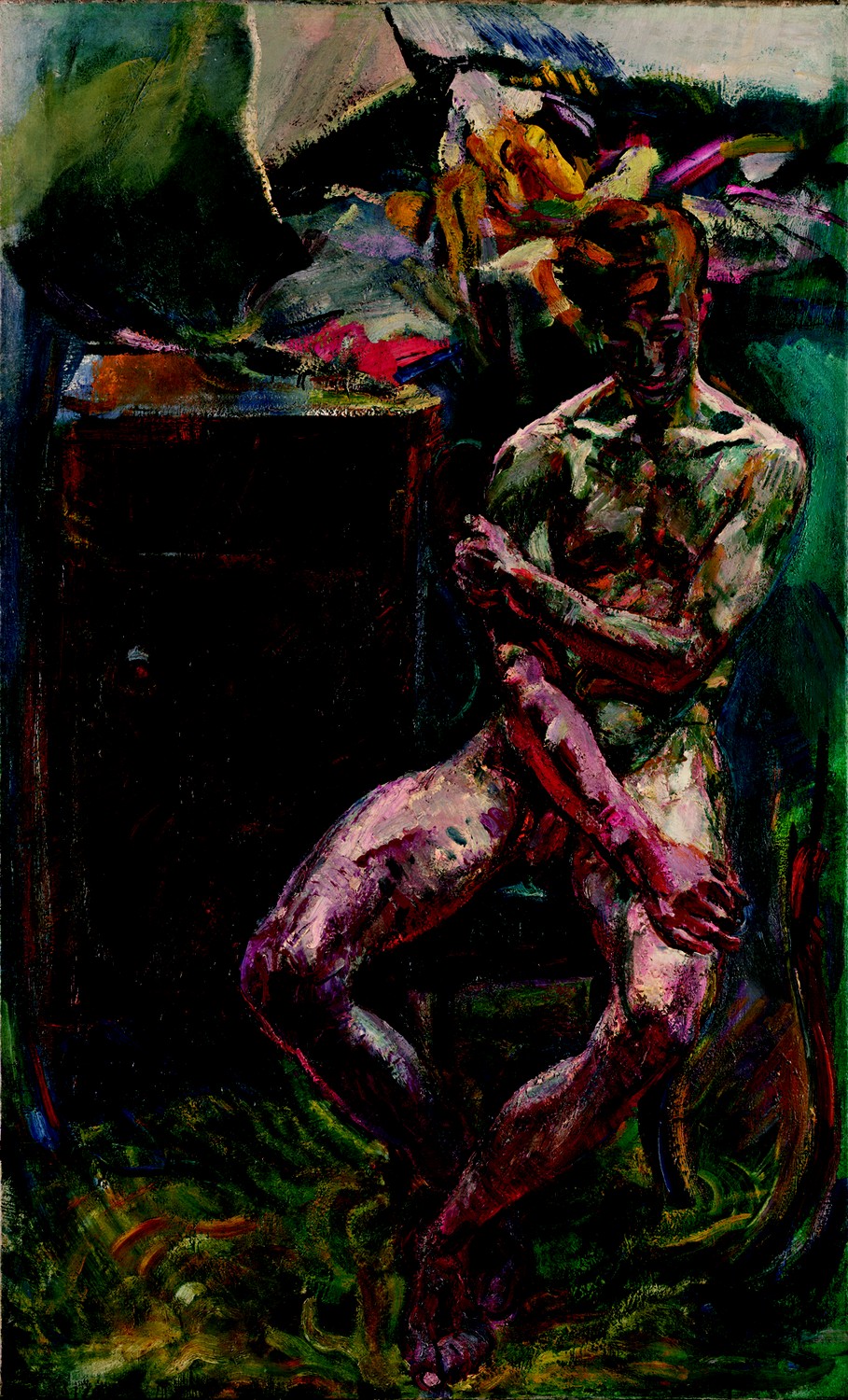
The Modern imploded into something new - the image of the male as the stronger sex. What does masculinity mean today? Does it concern the young male ballet dancer, or a man who does not want to start a career? Men should be sensitive in relationships and be there for their families, as well as being successful in their earnings and also being strong and sex to boot. Men might be earning more today but their work-life balance has been compromised and they are living in far less healthier ways, which means their life spans are shorter. Society and their partners demand contradicting things from them, yet they remain eager to try to meet those demands (Image: © Leopold Museum, Vienna)
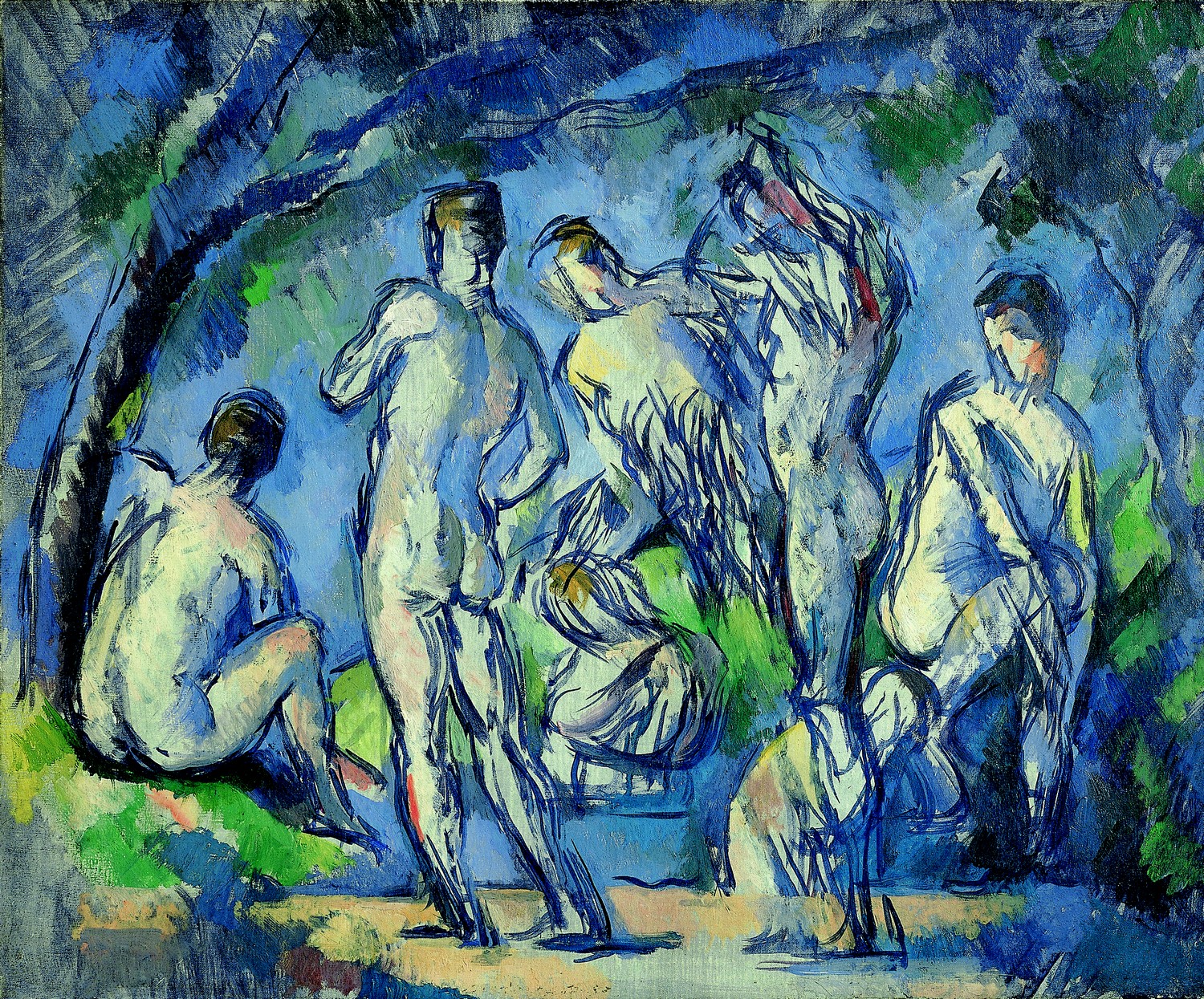
'Masculinity is not a fixed indicator for me,' says Natter. 'It's an increasingly changing cultural term which defines man by different characteristics, constantly. Such attributions were often designating the polarity of the man, such as being effeminate. But even that polarity dissolves into what we're left with: these social, cultural and political gender relations (Image: © Fondation Beyeler, Riehen/Basel; Christian Bauer)
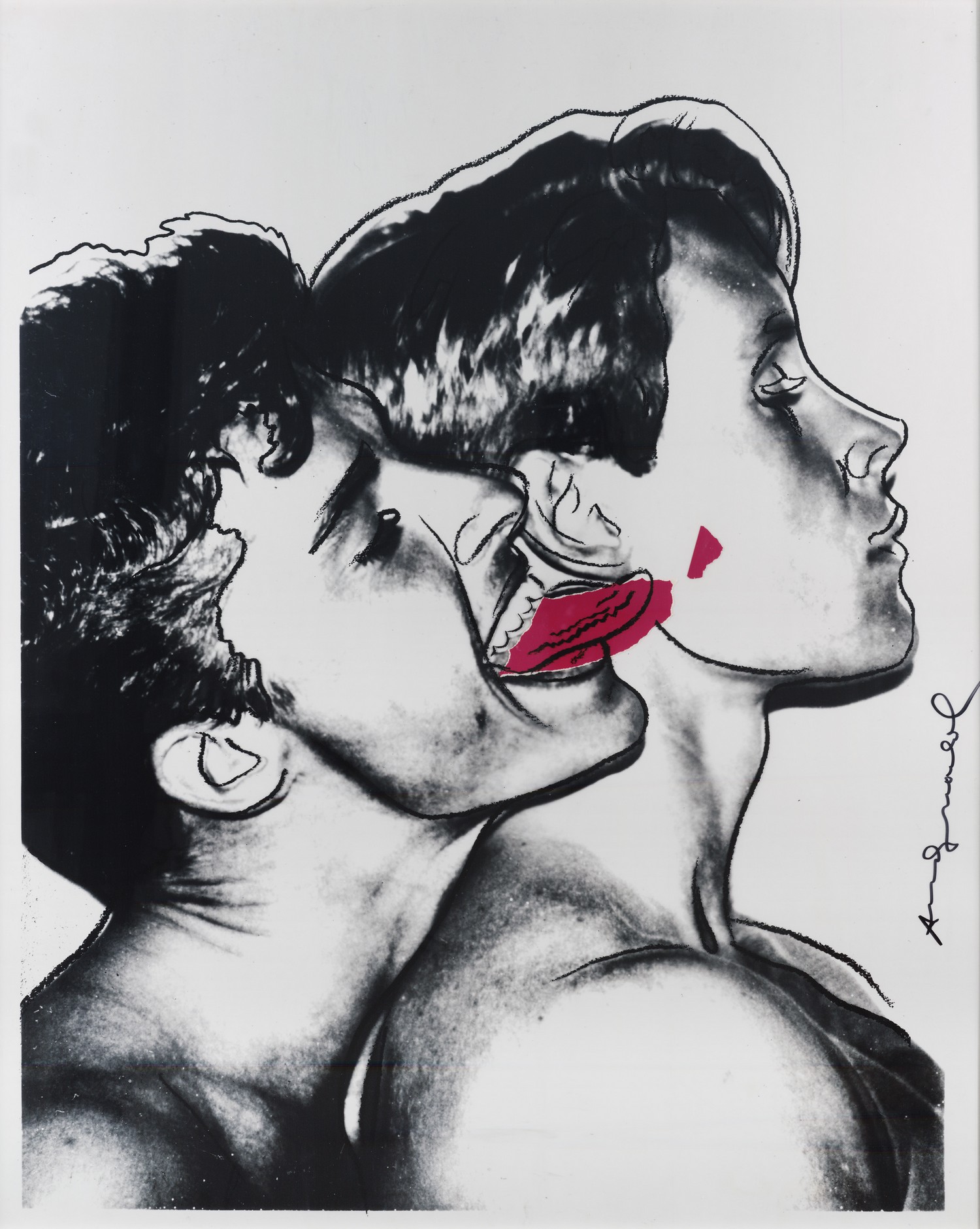
So when is a man a man? The answer is hopefully more colourful and diverse than the sculpture in the exhibition which represents the postmodern male - a male mannequin for a window display which is draped in a 'sale' t-shirt (Image: © The Andy Warhol Foundation for the Visual Arts Inc./VG Bild-Kunst, Bonn 2012)
Translated from 'Nackte Männer': Trubel um Mannsbilder in Wien



